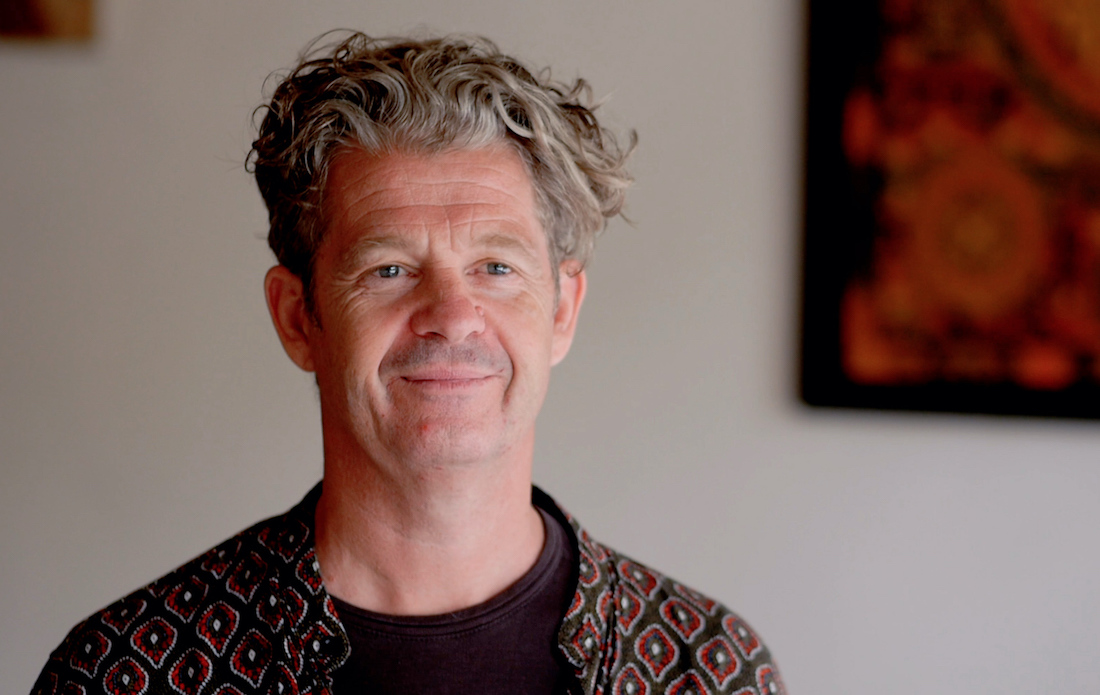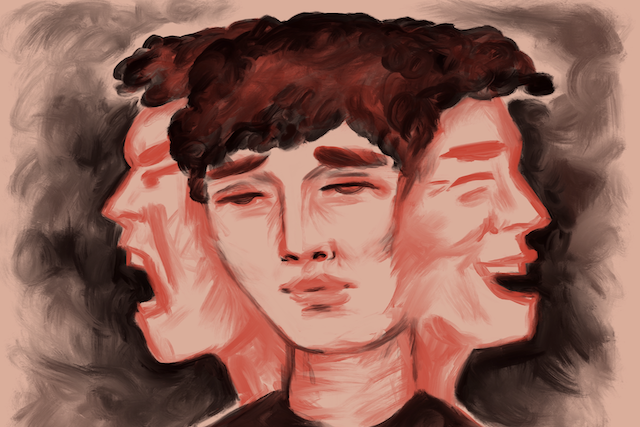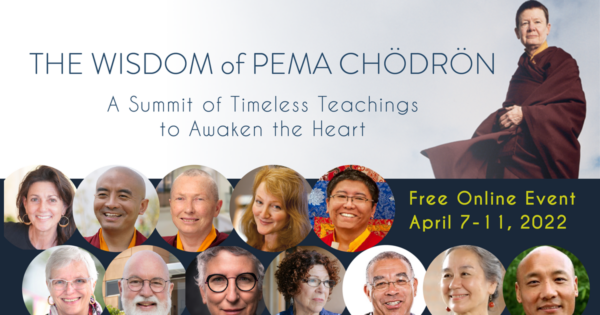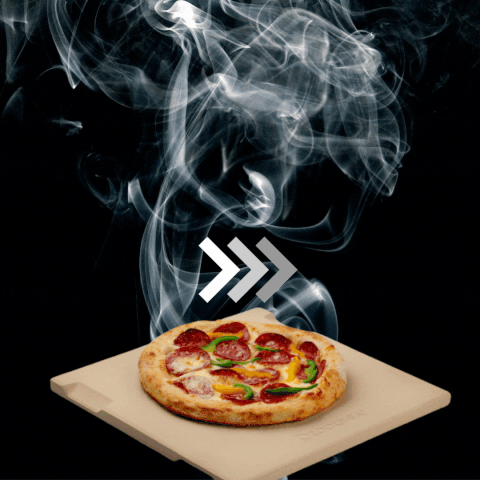Why We Should Turn Towards Mystery
In an excerpt from his new online course, “The Power of Not Knowing,” Buddhist teacher Martin Aylward explains the benefits of setting aside what we already know and embracing the freedom of not knowing. The post Why We Should...

This excerpt has been adapted from Tricycle’s online course, “The Power of Not Knowing,” with Martin Aylward. Learn more about the course and enroll at learn.tricycle.org.
In order to explore different dimensions of not knowing, we have to establish and cultivate a willingness to put aside what we may think we already know—about ourselves, the world, Buddhism, or dharma practice—to really engage with what we don’t know.
Consider the range of views you may have about dharma practice, or about Buddhism, for example. There could be a religious view: one that attempts to describe reality, and maybe gives us codes of behavior for how to be in that reality. You may or may not subscribe to a religious view of Buddhism.
There’s a philosophical view that attempts to understand reality rather than simply describe it. A philosophical way of knowing about Buddhism, for example, is replete with ideas: those many lists of the eightfold path, the five precepts, or the four noble truths. In all the ways we can find those views helpful, or illuminating, they can also just reinforce a knowing about, a knowledge-based view, or a philosophical view.
The self-help view of Buddhism, which may be the way many of us have first engaged with dharma practice, is designed to offer a better way to cope with reality, rather than trying to merely describe or even understand reality. In this view, one hopes to put aside some of their confusions, neuroses, and difficulties. You hope to cultivate certain mental and emotional skills, so as to better meet the life around you, the people around you, the world around you, and the world within you.
There’s also what we could call a liberation view that—in addition to describing reality, understanding reality, and better coping with reality—points us to that capacity to fully merge with reality and to know a freeness as we navigate through reality. On the one hand, liberation view is about this one, brief, lifetime, and on the other hand, it’s also about the immensity of consciousness, of awareness, and the knowing of all time and space as being available right here.
This “right-here-ness” is the open doorway, a portal to fully meeting reality. We can access a living engagement with right here through our capacity to not know. To put aside the familiar, the well-worn, the conceptual, and the habitual, and instead engage with the immediate, the mysterious, the constantly surprising, and the conceptually ungraspable.
There are three primary supports for nonconceptual awareness. These three supports are obvious in many ways, and yet, their simplicity belies their extraordinary depth. Over the last thirty years of my own practice, I have found that these three elements continuously reveal their potency and possibility.
The first nonconceptual support is embodied presence. Embodied presence is a way of compensating for the tendency to be lost in abstraction. This practice requires us to listen from within, to listen not with our ears, not with our mind, but to listen with ourselves. While you’re sitting here now, while you’re reading and reflecting on this teaching, let yourself listen from within, with the whole of your sensory awareness. Allow yourself to feel the sense of being here—how your feet touch the ground, the length of your spine.
This means getting in touch with whatever tension patterns may have formed. We’re often holding some kind of unconscious habitual tension patterns in our jaw, forehead, or shoulders. Embodied presence is a way of meeting our tensions physically; connecting the dots for the kind of attitudes, mental states, and emotional patterns that keep those tensions going; and then softening them. Embodied presence is an invitation to soften, settle, relax, and open up to what’s here. When we’re driven along by our habitual thinking patterns, we hold onto those tensions. A free body is a relaxed body, an open body. The foundation of all of our not knowing, of all our deeper, freer ways of knowing, is embodied presence.
The second helpful support for nonconceptual awareness is building the capacity and the willingness to continue letting go of the various ways our attention is seduced. It’s normal for the mind to think. It’s as normal for the mind to think as it is for the eyes to see and the ears to hear. Thinking is the mind’s job, so it’s going to continue producing thoughts. Let’s not fight that.
In moments when we notice that our attention has been seduced, we often get discouraged. “Oh, no, I’ve been distracted again.” Or we think, “Oh, I’ve been distracted. I’m supposed to go back to being present, but maybe just in a minute… I kind of love this thought.” When you see that your attention has gone off into abstraction, absorbed into some idea or image, drop the thought. Without judgment, blame, or drama, simply drop it. Then, it becomes more possible and fluid to return to embodied presence. Awareness is way more potent, luminous, and immediate than all our mental prevarications. So when you find yourself caught up in a thought, notice it, and in the noticing, unhook, unhook, unhook. The more you unhook from your familiar modes of thinking, the more you give yourself the chance to land in the unfamiliar mode of not knowing.
The third important support for nonconceptual awareness is the willingness to not know. The willingness to put aside the familiar. The willingness to meet each experience anew. For example, we’ve been talking about listening from within, sensing the contact of our legs on the ground, and noticing tension patterns that arise. We can easily filter those experiences through a regular habitual discourse: these are my legs, these are my shoulders, here’s some tension, I should let it go. That familiar narration may be running in the background anyway. That’s fine. But what if you didn’t rely on the description of arms and legs, hot and cold, comfortable or uncomfortable?
Instead, you can just come into the fizzing of all this, the mysteriousness. What is here right now isn’t arms and legs and torso. What’s here right now is this aliveness. My usual ideas will tell me what my body is, where my body is, and how my body is. But this kind of unfamiliar contact, this nonconceptual contact, will show me the constant flickering of experience. My ideas will tell me where my body ends and where the world begins, but this willingness to meet experience in an unfamiliar mode tells me that experience is ageless. In the same way that sensations—what I call inner experience—happen, here in awareness, so too do sounds—or outer experience. This third support for nonconceptual presence is about letting experience be here in awareness. It’s about letting awareness be the primary ground, reference point, and container for experience. And all the rest—inner or outer, pleasant or unpleasant, good or bad, meditatively suitable or meditatively unacceptable—all of that can just be left aside.
Through this practice, we give ourselves a chance to taste the unfamiliar, to taste experience anew. In that newness, we find more depth, more dimensionality, more insight, and a greater capacity to meet what happens fully and freely. And so, our practice deepens.

 Kass
Kass 
































